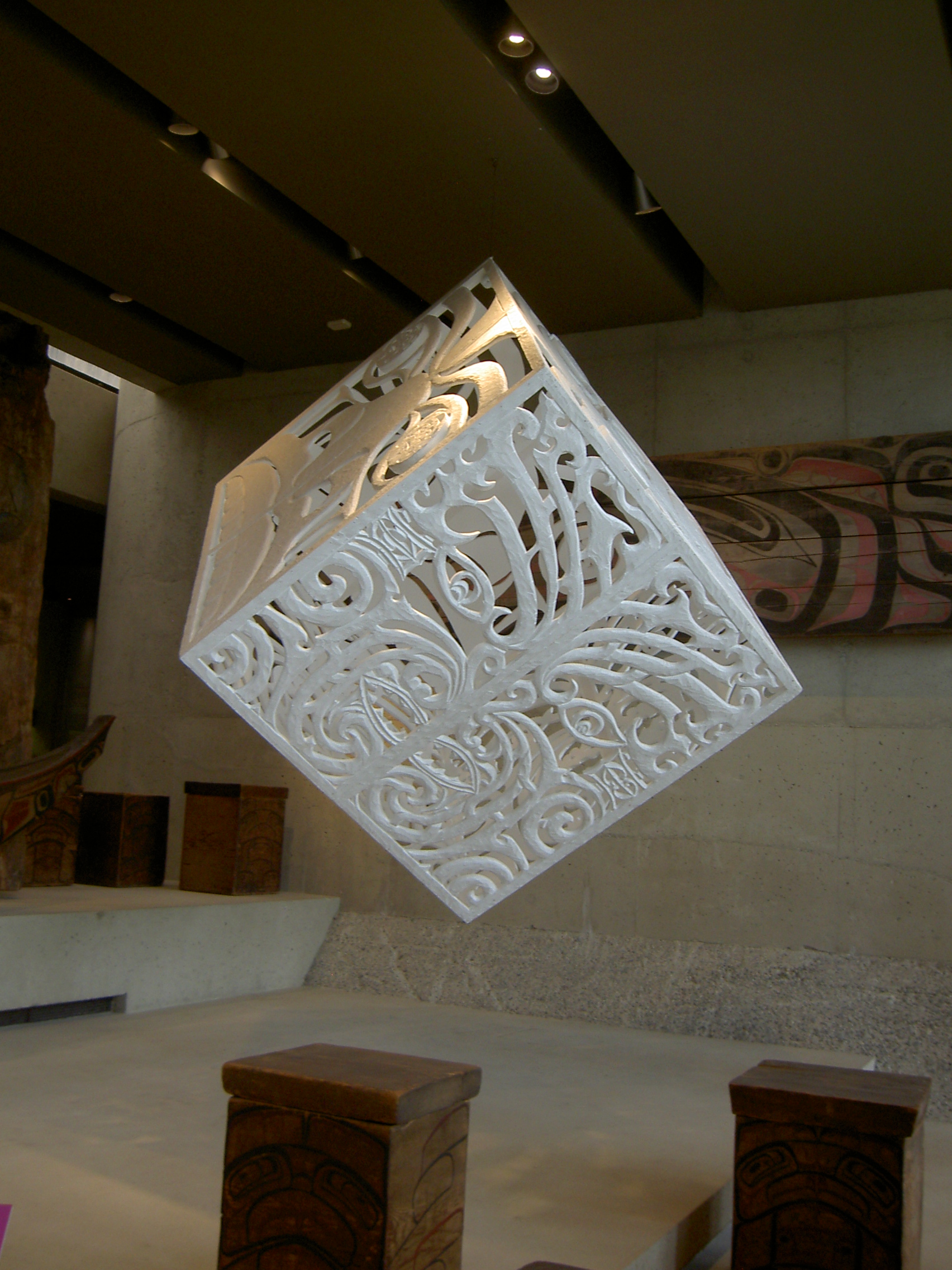Objects Matter: Making Histories in Museums Participatory and Decolonizing Book Resources
21 October 2013 - 7:57pm
 On the heels of a fantastic regional conference at the Museum of Anthropology on October 7, I would like to extend conference chair Kate Zankowicz’s resource list with a few additional books that reflect two of the major themes of the conference program. Considering collaborative and participatory practices in museums was one consistent thread, as was attending to Indigenous histories, objects, and relational practices, often within a decolonizing context, as Heather McGregor addressed in her blog post from October 15. With these two themes from the conference in mind, I will share very brief overviews of five recent books that are excellent resources regarding these topics.
On the heels of a fantastic regional conference at the Museum of Anthropology on October 7, I would like to extend conference chair Kate Zankowicz’s resource list with a few additional books that reflect two of the major themes of the conference program. Considering collaborative and participatory practices in museums was one consistent thread, as was attending to Indigenous histories, objects, and relational practices, often within a decolonizing context, as Heather McGregor addressed in her blog post from October 15. With these two themes from the conference in mind, I will share very brief overviews of five recent books that are excellent resources regarding these topics.
Amy Lonetree’s 2012 Decolonizing Museums: Representing Native American in National and Tribal Museums addresses themes of Indigenous representation, collaboration, and shared authority in contemporary museum practices. Lonetree explores specific examples of collaboration between the Mille Lacs Band of Ojibwe and the Minnesota Historical Society, collaborations at the Smithsonian’s National Museum of the American Indian, and the Ziibiwing Center of Anishinaabe Culture and Lifeways in order to look more closely at how museums are becoming part of contemporary cultural sovereignty and self-determination movements. Lonetree purposefully inquires into the productive examples of collaborative practices between museum staff and Indigenous peoples while considering the challenges that still exist in this complex work. Just as conference presenters Terry Point, Jennifer Kramer, and Jill Baird spoke about the successes and challenges they have faced in navigating their own museum and gallery-based work, Lonetree explores the complexities of taking a decolonizing approach to museum practice.
The next four books all broadly address community-based, collaborative, and participatory practices in museums. Perhaps best known is The Participatory Museum by Nina Simon, director of the Museum of Art and History in Santa Cruz, CA, museum consultant, and organizer of the blog Museum 2.0. Simon’s 2010 book is a practical guide toward engaging participatory practice in museums, covering entry point topics such as “why participation?” and her four platforms of participation, while also offering numerous case studies of museum programs in action. Simon’s engaging writing style, pragmatic approach, and rich case studies make The Participatory Museum a valuable resource for anyone who is working in collaborative, community-based, and participatory museum settings.
The 2011 edited volume Letting Go? Sharing Historical Authority in a User-Generated World moves beyond the 'singular voice' to 'shared authority' in museums, by marking a “particular moment” (p. 12) wherein “what the museum ‘lets go’ of is not expertise but the assumption that the museum has the last word on historical interpretation” (p. 13). Editors Bill Adair, Benjamin Filene, and Laura Koloski also turn to essays and case studies by museum practitioners, ranging from museum directors, curators, artists, exhibition designers and filmmakers to heritage site staff members. This book extends conversations that presenters Jennifer Kramer and Vivienne Gosselin introduced during the conference in regards to considering the curator as project lead who listens closely, rather than an authoritative voice with the final say on any given project. Again, this book provides a practical look to collaborative historical museum practice, especially in the context of web 2.0 culture.
The brief co-curation handbookThe Wing Luke Asian Museum Community-Based Exhibition Model is another practical entry point to collaborative curatorial practice. Written in 2006 by then program director, and now deputy executive director Cassie Chinn, this guide is intended to provide a published version of the often-requested presentations on The Wing Luke Museum’s internationally recognized co-curation format of exhibition development. By providing detailed information about their community-based exhibition model, and a closer look at exemplars of this process, Chinn outlines strategies that Wing Luke Museum staff has undertaken in their established exhibition development model. Of particular interest is the ability of Wing Luke Museum staff to balance relationships and flexibility, and to cede authority and control while addressing challenging historical topics such as the stories of Asian Pacific American Veterans and race relations in the Pacific Northwest.
Taking a more academic approach to collaborative curation, editors Viv Golding and Wayne Modest offer the 2013 Museums and Communities: Curators, Collections and Collaboration. Again using the model of a collection of essays drawn from practice, this edited volume also provides an international look at some of the challenges and complexities of conceptions of community, and a philosophical and political look at issues of power and control in these collaborative community-based practices. Through three sections, in which authors address the topics of “community matters,” “sharing authority,” and “audiences and diversity,” the book addresses “a series of questions we believe are vital to advancing democracy, citizenship, and universal human rights, using the museum as a fulcrum around which such questions can be answered” (p. 2).
Each of these books is packed with practical advice and theoretical perspectives on the kinds of collaborative, relational, and respectful practices that were discussed in abundance at that Objects Matter conference. Hopefully this list will help extend the rich conversations and valuable sharing of ideas that took place during the THEN/HiER regional conference.
Happy reading!
Click below for book links:
Photo: Box of Promise by George Nuku, 2013 from the Museum of Anthropology at UBC. Editor's photo.
- Se connecter ou créer un compte pour soumettre des commentaires

